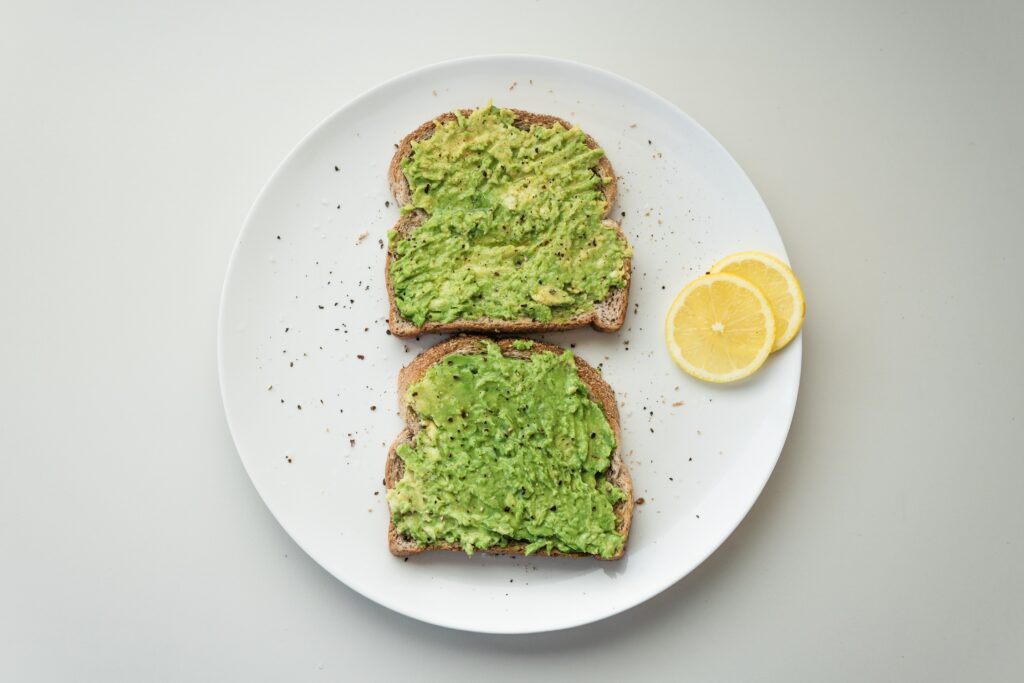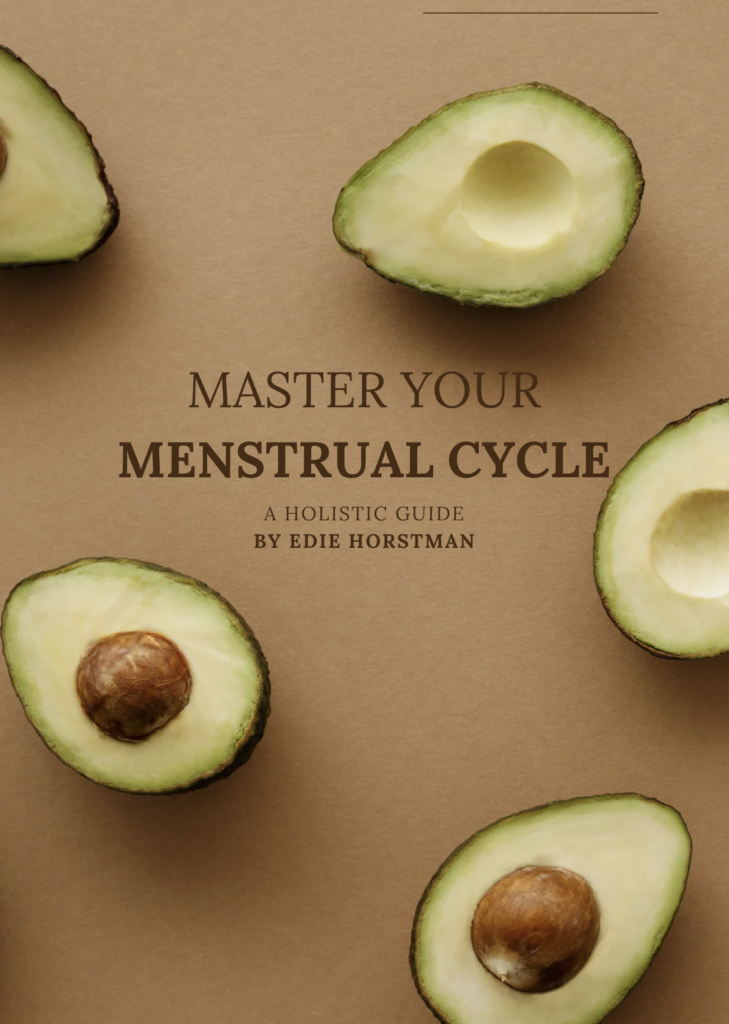In a world where fast food joints and ultra-processed snacks are the norm, it’s no surprise that many Americans are over-fed but undernourished. Collectively, we’re consuming too many inflammatory fats. On the flip side, we’re not eating enough nourishing fats (hello, omega-3 fatty acids!). While both omega-6s and omega-3s are essential for good health, our modern diet has tipped the balance in favor of the former. The result? A nation that’s chronically deficient in healthy fats. Let’s dig into the power of omega-3 fatty acids for hormone balance and healthy skin.

What are omega-6 fatty acids?
Omega-6 fatty acids are a type of polyunsaturated fat. These fats play a crucial role in the body, helping regulate metabolism, support immune function, and maintain healthy skin and hair. While they’re essential for human health, less is more. Unfortunately, the Standard American Diet is packed with omega-6 fatty acids. In other words, although we need omega-6 fatty acids, these shouldn’t be the only (and main) source of fat in your diet. When that’s the case, inflammation comes knocking at the door.
omega-6 fatty acids and inflammation
When consumed in excess, omega-6s can contribute to inflammation and an increased risk of chronic diseases (heart disease, diabetes, hormonal imbalances, etc.). Ultimately, the goal is to strike a balance between omega-6 and omega-3 fatty acids. But as mentioned, the typical Western diet is sky-high in omega-6 fatty acids. They’re in processed foods, vegetable oils, and grain-fed animal products. So, how can you consume fewer inflammatory fats? Begin swapping them for more foods with omega-3s: nuts, seeds, fatty fish, etc.

The power of Healthy Fats
As women, we often hear about the importance of maintaining a healthy diet and exercise routine, but did you know that incorporating omega-3 fatty acids can have a profound impact on your hormone health? Omega-3s, commonly found in fatty fish and certain nuts and seeds, play a critical role in the production and regulation of hormones. The three main omega-3 fatty acids are ALA, EPA, and DHA. They’re particularly important for women’s health! These essential fats can help regulate hormone levels, reduce inflammation associated with menstrual pain, and support healthy fetal development during pregnancy. Omega-3s are also linked to a reduced risk of breast cancer, postpartum depression, and cardiovascular disease.

Why women need omega-3 fatty acids
From menstrual cycles to menopause, omega-3s can help balance hormones and reduce inflammation—providing a range of benefits for women (of all ages!). They’re your confidant for PMS symptoms, like bloating, cramps, and mood swings. Furthermore, they’re essential during pregnancy. Last but not least, they can minimize the risk of hot flashes and other unwanted symptoms of menopause. No matter your age, omega-3 fatty acids have a profound impact on your well-being.
are you eating enough omega-3 fatty acids?
A general guideline for healthy adults: consume at least two servings of fatty fish per week, such as salmon, mackerel, or sardines, which are rich in omega-3s. If you don’t consume fish, you may consider taking an omega-3 supplement (more on this below). Another way to ensure adequate omega-3 intake is to incorporate plant-based sources of omega-3s, such as flaxseeds, chia seeds, or walnuts, into your diet.

How many omega-3 fatty acids should you eat?
Mainstream health organizations recommend that healthy adults consume at least 250–500 mg of EPA and DHA per day. How can you reach that amount? Through diet and/or supplements. For example—as mentioned—you can meet that dosage by eating two servings of fatty fish per week. However, omega-3 fats are also present in algae and several high-fat plant foods!
10 Foods rich in omega-3 fatty acids
Luckily, omega-3 fatty acids are found in many foods. Aim to add more nuts, seeds, and fatty fish to your diet.
- Mackerel
- Wild-caught salmon
- Cod liver oil
- Herring
- Oysters
- Sardines
- Flaxseeds
- Chia seeds
- Walnuts
- Dry roasted soybeans

Should you take an omega-3 supplement?
If you don’t frequently consume foods high in omega-3 fatty acids, consider taking a supplement with EPA and DHA. I love Metagenics (extensively tested for contaminants), Nordic Naturals (wild-caught fish), and Thorne (very high quality). Always work with your healthcare provider before making changes to your supplement routine.
Healthy fats support hormone balance
Omega-3 fatty acids are essential for female hormone health. They regulate the production and metabolism of hormones, including estrogen and progesterone, which affect mood, menstrual cycles, and fertility. Omega-3s also have anti-inflammatory properties, which can help reduce symptoms associated with hormonal imbalances, such as menstrual cramps or hot flashes. In addition, research suggests that omega-3s may help improve insulin sensitivity, which can be beneficial for women with conditions like PCOS or type 2 diabetes! Moral of the story: consuming adequate amounts of omega-3s can help support hormone balance and promote overall health for women.

master your menstrual cycle
Speaking of omega-3 fatty acids and hormone balance, are you ready to take the next step in your hormone-healing journey? Grab your copy of Master Your Menstrual Cycle—my holistic guide to balancing your hormones with ease. Available for only $15!
This post contains affiliate links. Thank you for supporting Wellness with Edie! This article is for informational purposes only. It is not, nor is it intended to be, a substitute for professional medical advice, diagnosis, or treatment, and we recommend that you always consult with your healthcare provider.



Leave a Reply